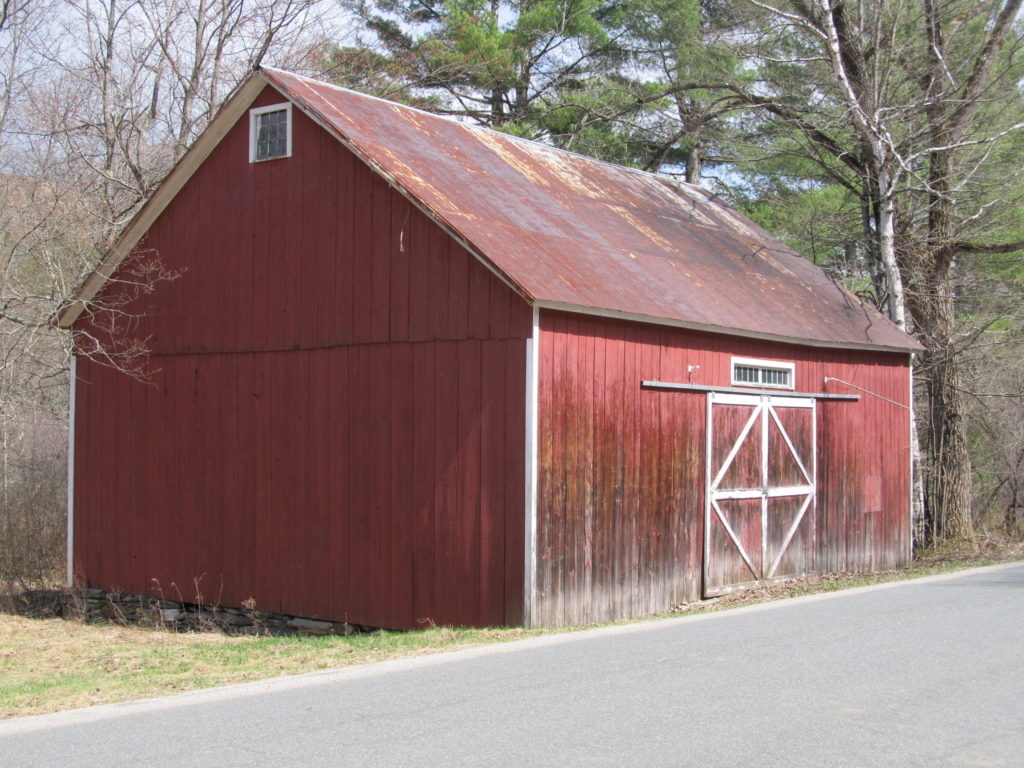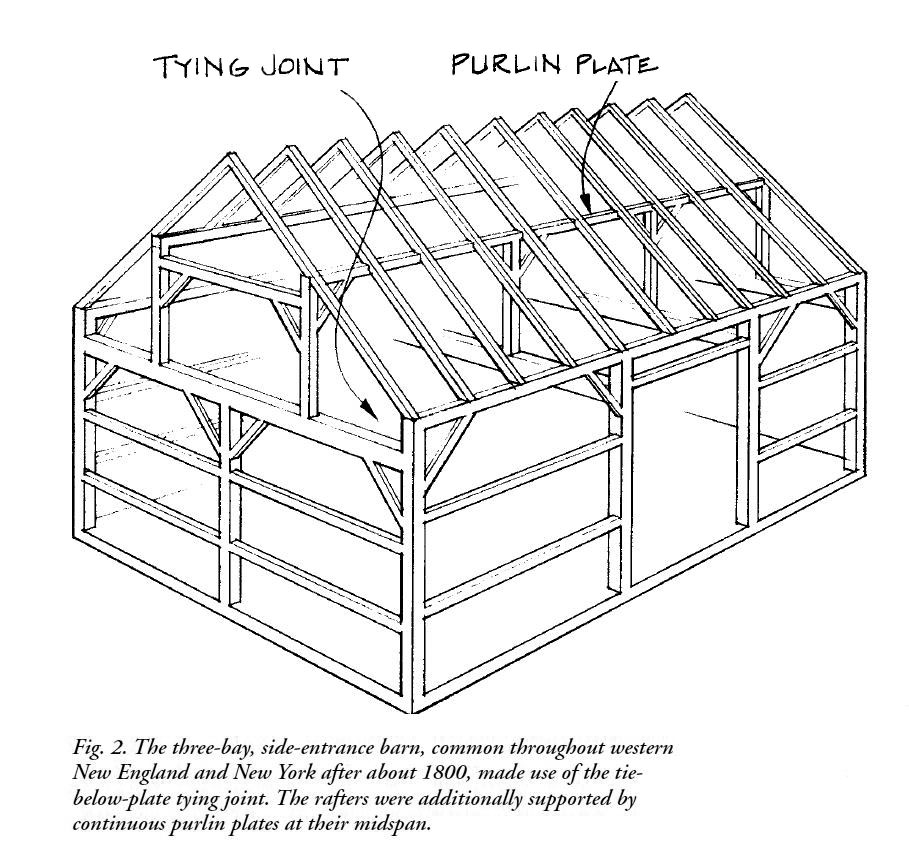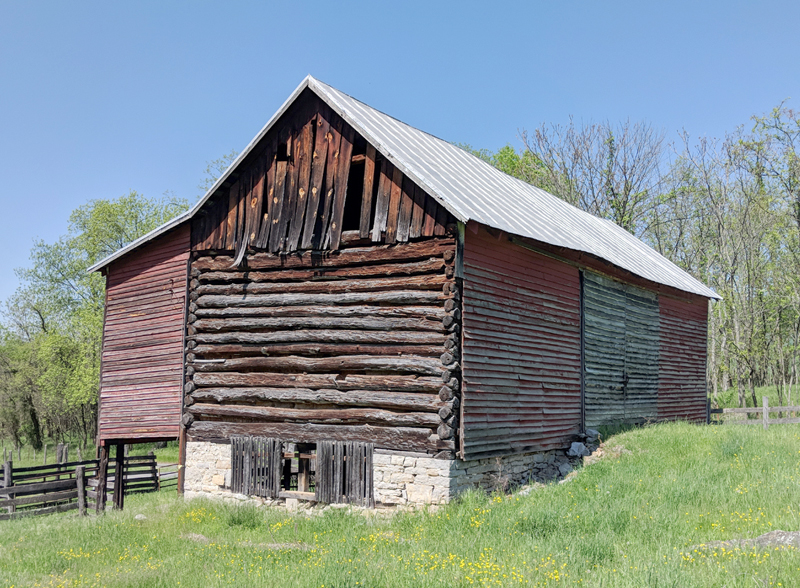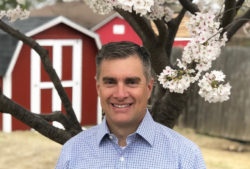You Tube Link: NBA Virtual Lecture: “Digital Documentation and Dissemination”
“Digital Documentation and Dissemination: You Got a Point Cloud, So What”
Presented by Michael G. Spencer
The creation of measured drawings, especially of historic barns, can be a tough sell; yet traditional methods are time-consuming, cumbersome, and costly. While newer, mass-capture methods such as laser scanning offer efficiency in some areas over more traditional methods the technology still presents problems, particularly in usability of data. This lecture will examine some other documentation alternatives such as photo rectification and photogrammetry as well as the variety of ways in which the data can be used and disseminated to assist in the preservation of agricultural structures such as barns, including recent documentation of a log tobacco barn on Booker T. Washington’s farm in southwest Virginia.
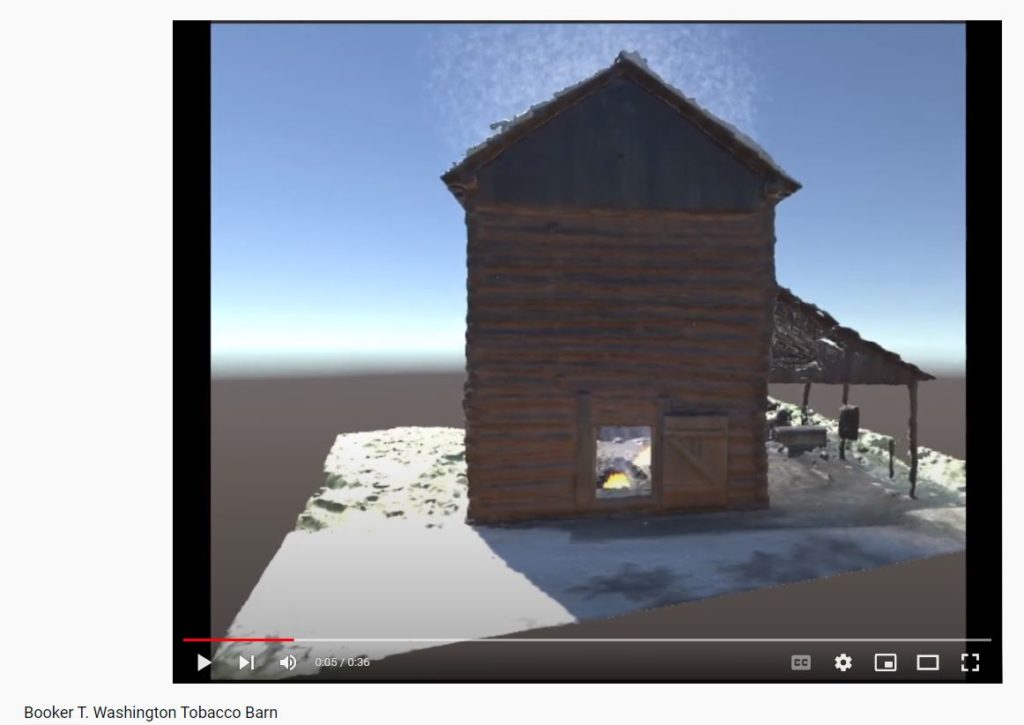
Michael G. Spencer is Chair of the Department of Historic Preservation at the University of Mary Washington where he teaches courses that focus on architectural documentation and conservation. His research has involved the exploration of non-destructive technologies such as infrared thermography, as well as new methods of documenting historic structures and evaluation of new platforms for dissemination of that data. Recently this research has centered on photo rectification, photogrammetry, 3D modeling, and virtual reality.
Learn more about Professor Spencer and his work at the University of Mary Washington here!

